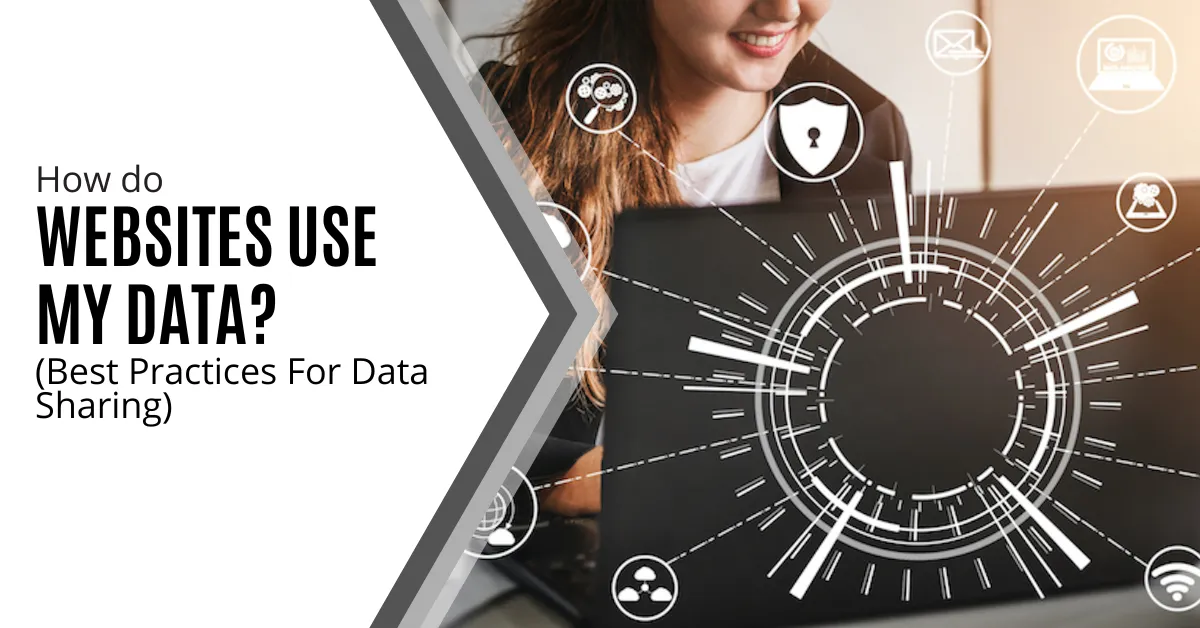
How Do Websites Use My Data? (Best Practices for Data Sharing)
What Is Data Collection on Websites?
Websites usually gather two kinds of information: first-party data, which comes from the website itself, and third-party data, which comes from outside sources like advertising. First-party data includes things like past purchases and browsing history. Third-party data, on the other hand, could include demographic information or hobbies gathered from other websites.
In the next section, we'll discuss how data sharing works and its implications.
How Does Data Sharing Work?
Data sharing is the process of making data available to multiple users or applications. It is a common practice among businesses and institutions, often facilitated through methods like File Transfer Protocol (FTP), Application Programming Interfaces (APIs), and cloud services. Data sharing can enhance collaboration and provide valuable insights but also poses significant privacy risks if not managed properly.
Understanding Data Sharing Methods
Challenges In Data Sharing
In the next section, we'll delve into the best practices for managing user data on websites.
How Should Websites Manage User Data?
Managing user data effectively is essential for building trust and ensuring compliance with privacy regulations. Collecting only necessary data reduces the risk of breaches and simplifies compliance. Websites should also implement secure data storage solutions, such as encryption, to protect user information.
Best Practices for Data Management
Transparency and Consent: Websites should clearly communicate how user data is collected and used. Users should have the option to opt-in or opt-out of data collection, and they should be able to access, modify, or delete their personal information.
Data Minimization: Collecting only the data that is necessary for the website's functionality helps reduce the risk of data breaches and improves compliance with privacy laws.
Secure Data Storage: Encrypting data both at rest and in transit ensures that it remains secure even if intercepted. Regular security audits and updates are also crucial to prevent vulnerabilities.
User Control: Providing users with tools to manage their data preferences fosters trust and accountability. This includes options to download, edit, or delete personal information.
In the next section, we'll explore the importance of data privacy and compliance.
Why Is Data Privacy Important?
Ensuring Compliance
Building Trust Through Transparency
How Can Users Protect Their Data?
Tools For Data Protection
Educating Yourself
Take Action to Protect Your Data
Article used with permission from The Technology Press.
